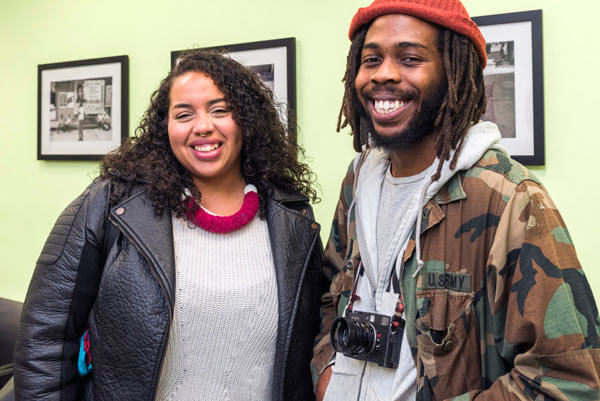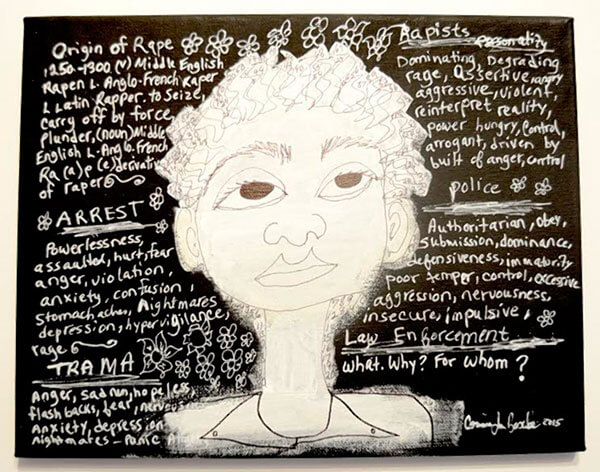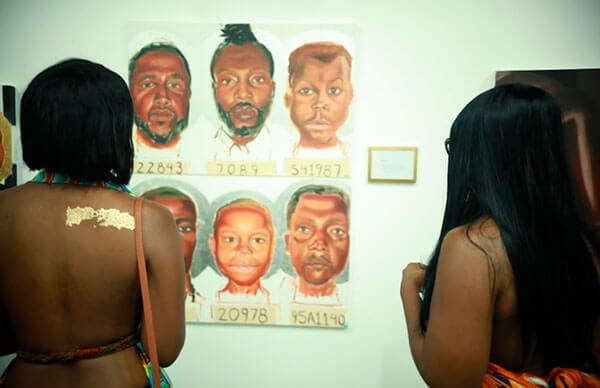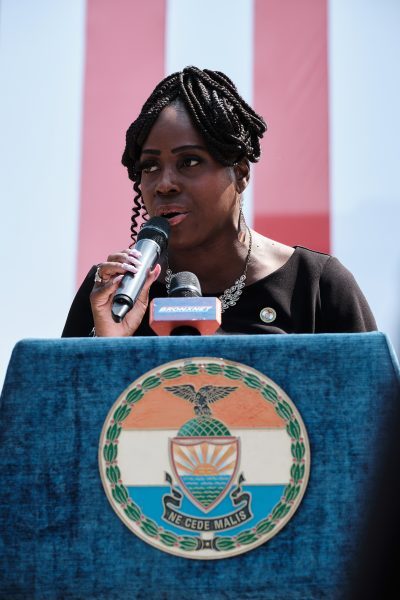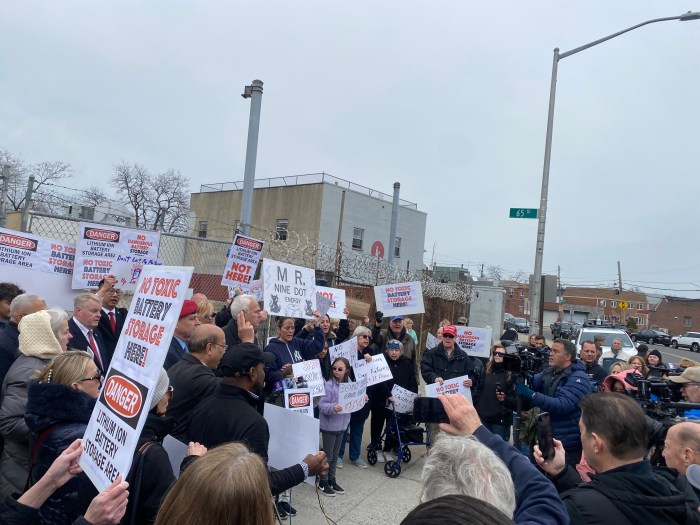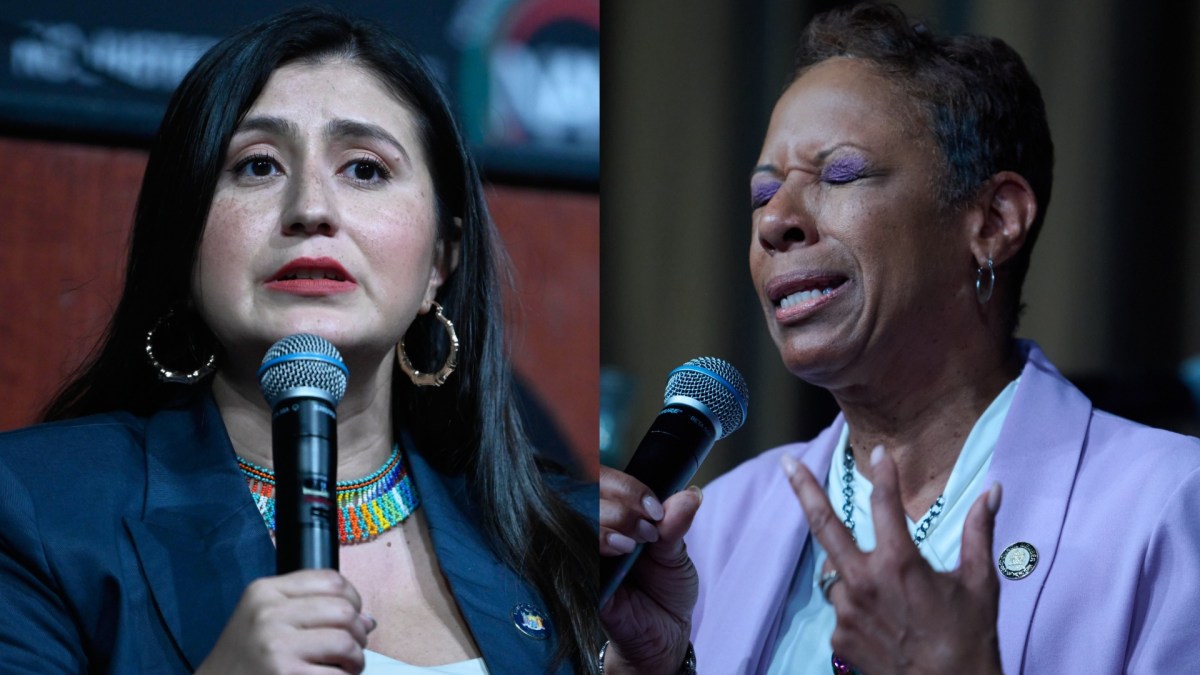Welcoming the community with art.
The Diaspora Community Services celebrated the opening of their new Crown Heights location with an art exhibit on Oct. 26. The exhibit titled “Lakay,” which is Haitian Creole for: the home, uses the work from four artists to make the center feel much like a second home for its visitors, said the CEO of the center.
“We wanted to a create a nice space for when our clients come in,” said Carine Jocelyn.
“We do a lot of youth development and wanted the space to be comfortable, somewhere where they can learn to appreciate art, and for our staff too.”
The center, founded in 1981 as a Haitian-centric community service, now serves the multiple Diaspora communities and provides them with health and mental services.
Providing community-oriented services can be a demanding task for people who work in the field, but some positive and relatable artwork can help ease those work-related stressors, she added.
“It’s not easy work, working with people in crisis. But for us it is making sure that we have a space for them to be reflected,” she added. “The artists selected gave us a reflection of that — a reflection of community, young people, and family.”
The artists participating in the exhibit are Walesca Ambroise, Kalada Halliday, Jazmine Hayes, and Kimmikaa. They were selected by an open call from curators working with Art Connects New York (ACNY), in which they sought out artists who understood the Crown Heights community and the current and ongoing rapid changes happening that people are experiencing, said co-curator Suhaly Bautista-Carolina.
“We started thinking about what Diaspora Community Services do and who it serves, and we wanted to ensure, especially in this time where in New York and Brooklyn specifically is being gentrified, it was hard to not choose artists who were not Brooklyn-based,” said Bautista-Carolina. “We did a call for artists from those neighborhoods and the areas Diaspora Community Services serves, and we chose artists who live and work in those areas to ensure that the art filling the space is coming from people who live in that very neighborhood.”
She said that every room of the center’s office offers a different aspect of life that people will be able to relate to.
“The conference room is vibrant and central, that room is very color colorful, and in the waiting room, we wanted to use imagery people would recognize, so there are pictures of people in the neighborhood, a dad and a mom, elders sitting and just everyday Brooklyn life,” said Bautista-Carolina.






